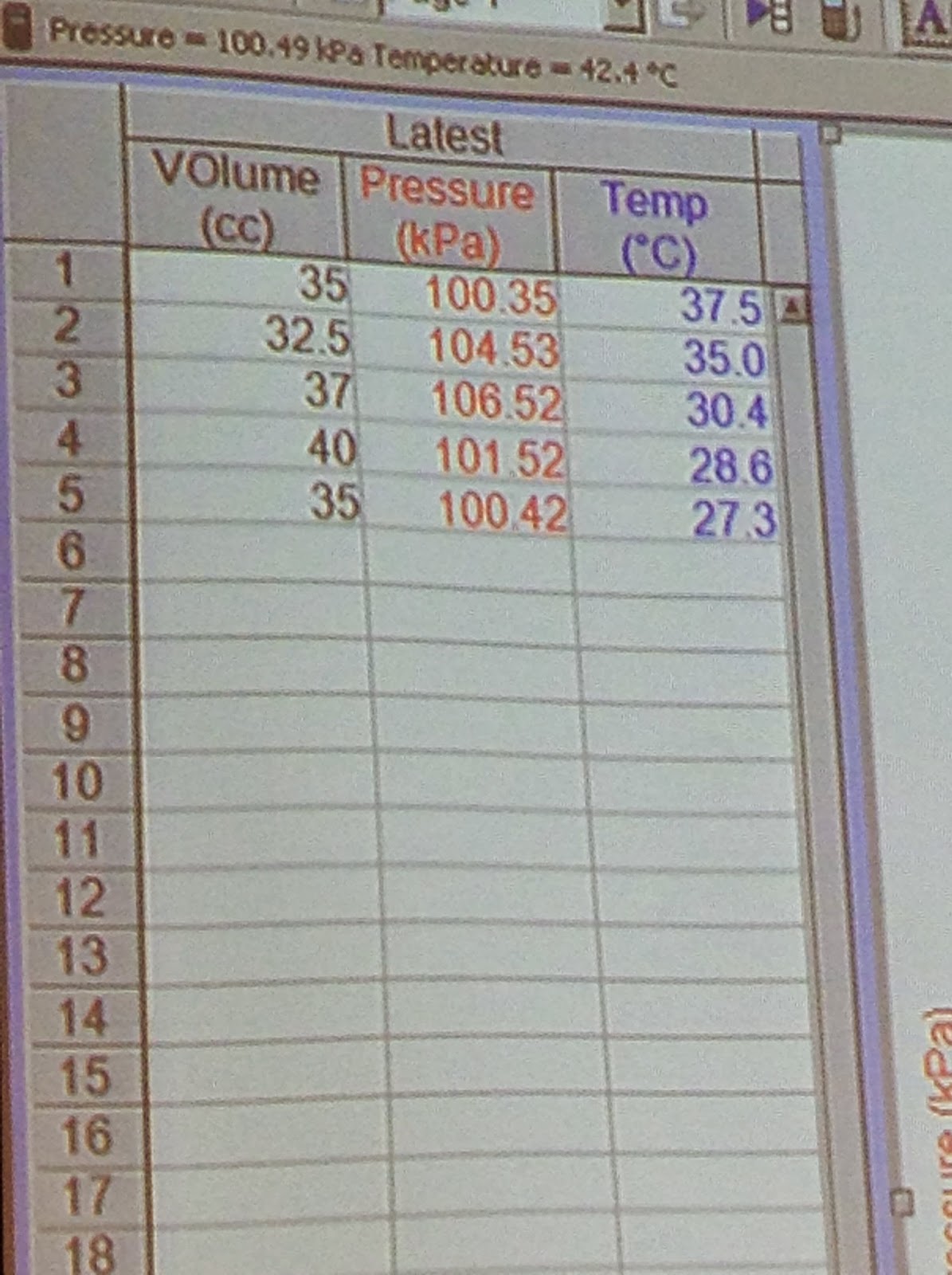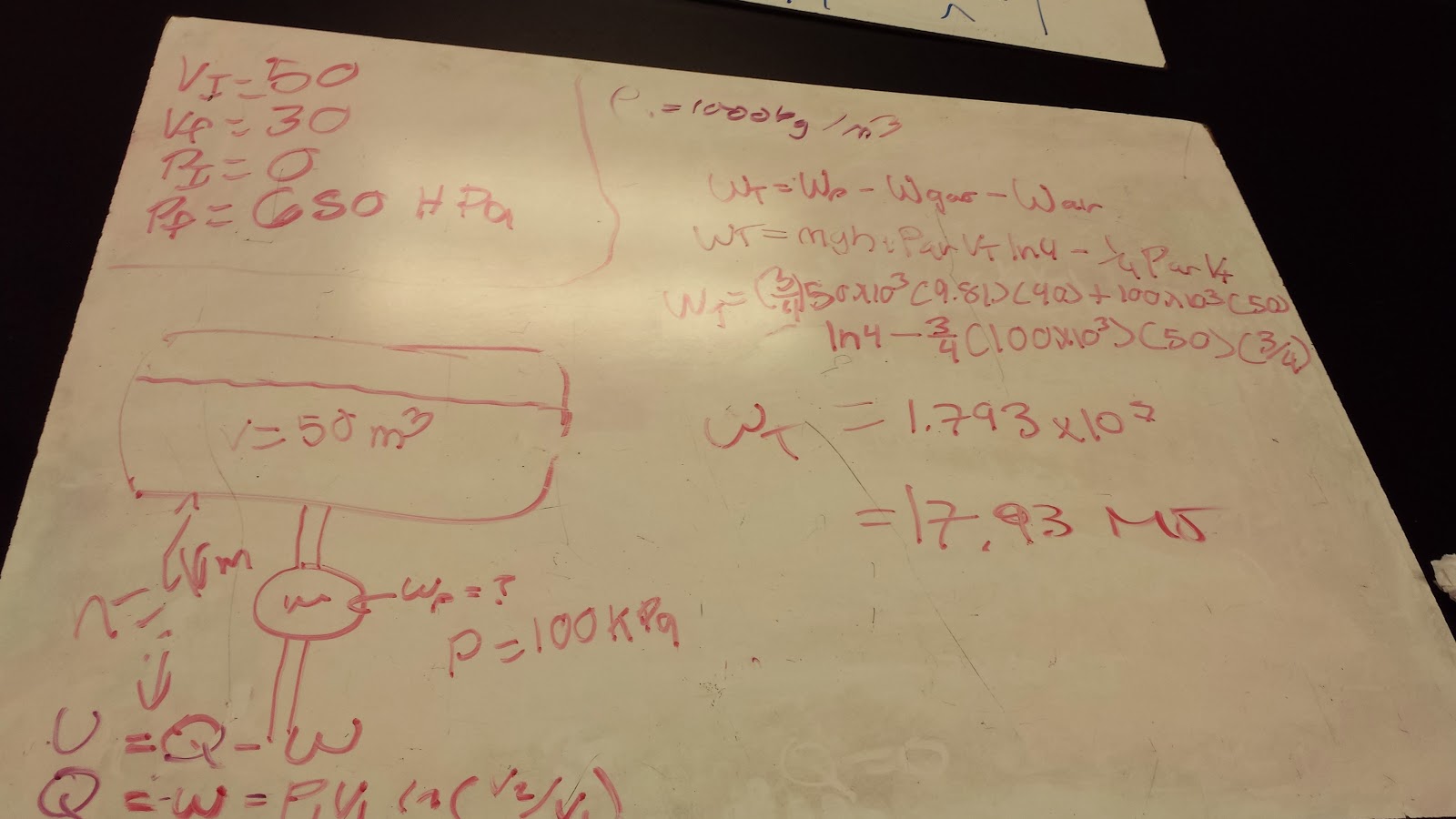Introduction: In today's lecture we learned about electric fields. We learned about their properties, and how to derive this field E. Where E is Force/Q2 and can be rewritten as E=kQ/r^2.
Answers to the questions from online. Answers to basic questions, to test understanding of the Electric Field and how they react differently to positive and negative charges.
We are asked to find the E-field at these 4 points.
Here we show the total E at each point. E=kq/r^2. We wrote an equation so that wherever you place your two point charges (x,y) and (x1,y1) for any charge q1 and q2 it can find the E-field at any point (Px,Py).
In Conclusion, Every particle with a charge emits an electric field, no matter how far. However it is inversely proportional to distance, so many times the electric field is negligible if the distance is really large and the charge is small. There are two types of charges that play a role in electric fields and that would be a positive charge and a negative charge the negative charge looks like a bunch of vectors pointing towards it, if you were to look at how the electric field around a charge would behave. A positive charge would have vectors pointing radially outward.





















































